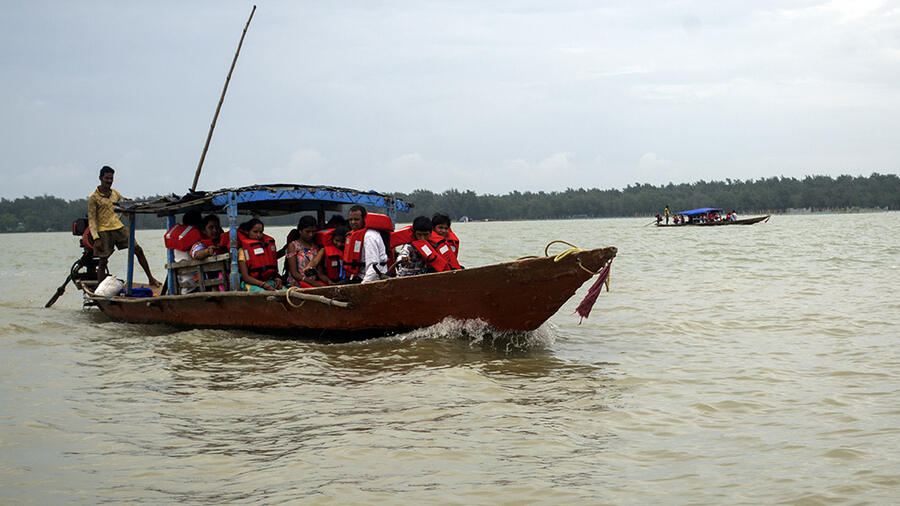Among the largest lagoons in the world and considered the largest in India, Odisha’s Chilika Lake has the distinction of being one of the country’s UNESCO World Heritage Sites.
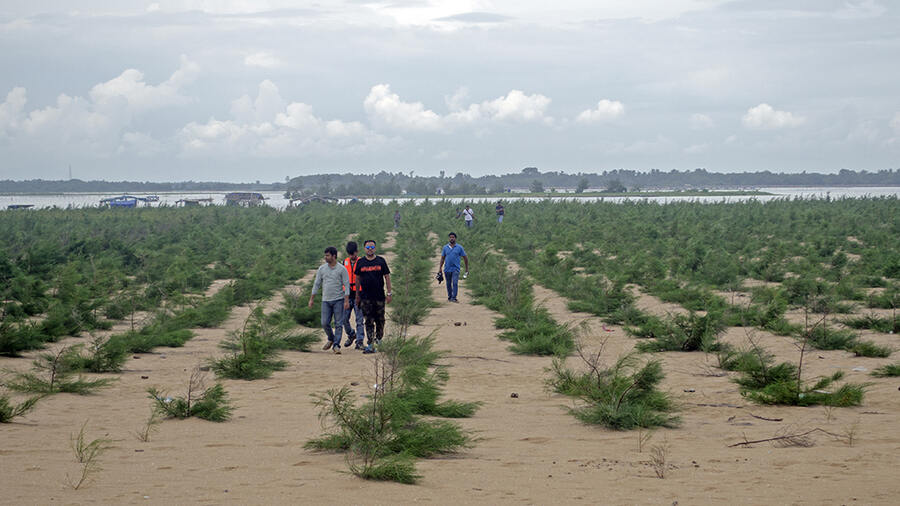
Bordered by the lush Eastern Ghats, the lake is a part of the unique ecosystem that flourishes here
According to the UNESCO’s archives, Chilika, located south of Puri, is fed by 52 rivers and rivulets. Among them are tributaries of the Mahanadi. Separated from the Bay of Bengal by a sandbar with inlets for a confluence and bordered by the lush hills of the Eastern Ghats, this vast lake is a picturesque spot ideal for gentle cruises to spot flocks of aquatic birds and the elusive Irrawaddy dolphin.
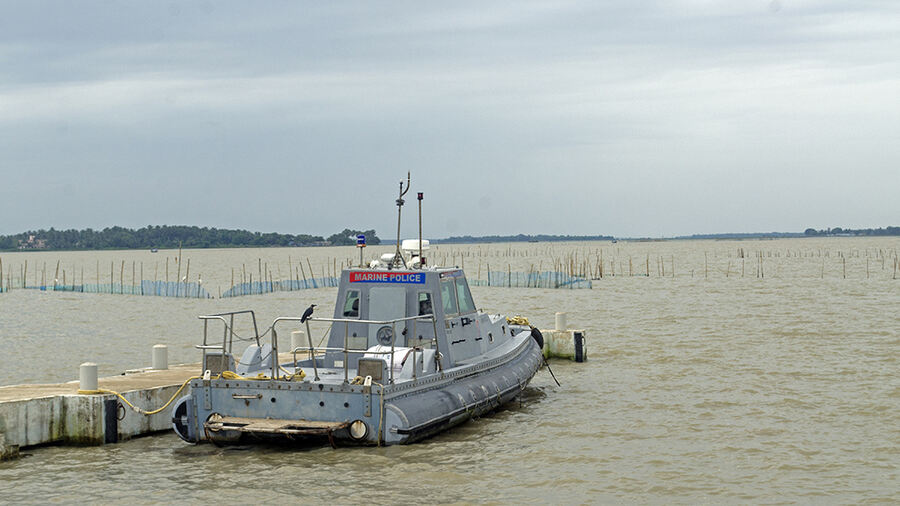
One of the most well-known things about Chilika is its bird life, including migratory birds that visit every season
Among the many gateways to a cruise on Chilika, Satapada is probably the most popular due to its proximity to Puri. A Puri visit itinerary often consists of a day-trip to Satapada and the last few minutes of the short road trip is marked by spectacular views of Chilika.
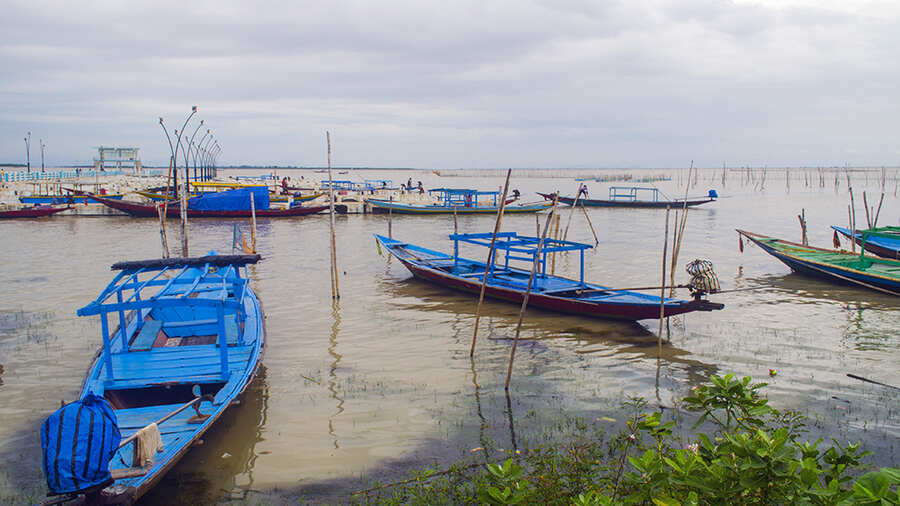
A cruise on a country boat takes about three hours and takes you to a dolphin viewpoint and the confluence of Chilika and Bay of Bengal
A boat ride on the lake consists of dolphin-spotting and sailing to the confluence of the lake and the sea. The resident dolphins can be spotted throughout the year. However, the shy species, whose numbers have dwindled over the years, barely breach and are difficult to spot. When the boat reaches the dolphin-sighting spot, the boatman switches off the engine and if you’re lucky, you will spot the bulbous head (similar to a beluga whale) or grey body of the Irrawaddy dolphin, and on occasion maybe even see one leaping out of the water.
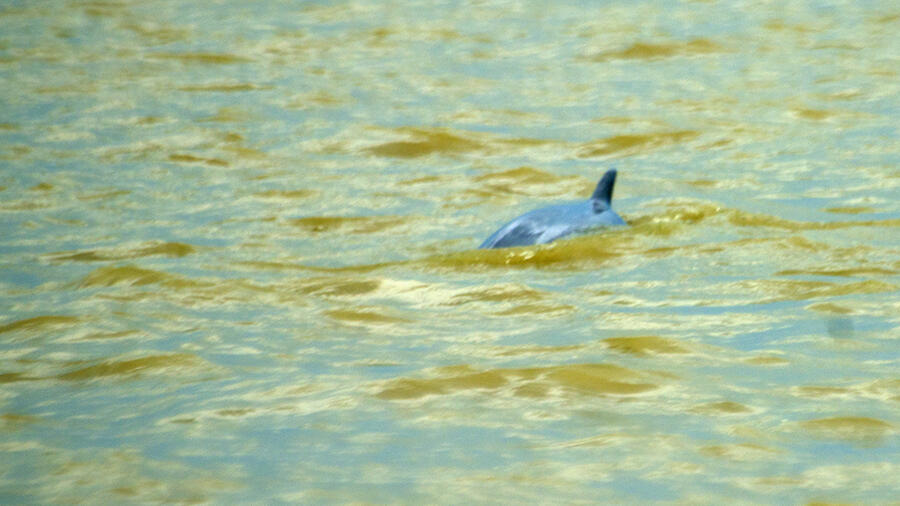
The hard-to-spot Irrawaddy dolphin that is found in Chilika is characterised by a bulbous head and a grey or slate-blue colour
The joy of seeing a dolphin is reinforced, and alternatively, the disappointment of not spotting one appeased a little, by the remarkable journey across the brackish waters of the lagoon. The journey takes you past quaint fishing villages on the numerous islands that dot the lagoon. Boatmen expertly guide the country boats and small wooden vessels through a maze of fishing nets attached to bamboo poles. Along the journey are ample opportunities to spot a plethora of avian life that converge at Chilika.
After almost an hour on the water, you reach the last spot of the journey — the sandbar that separates the lake from the sea. A short walk takes you to the beach with the crashing waves of the Bay of Bengal. The spectacular expanse of the sea and feathery white clouds on a clear day make for a picture-postcard scene. The narrow stretch of sand also houses makeshift food stalls selling fried fish and crabs.

Crashing waves and makeshift food stalls greet visitors at the beach bordering Chilika and the Bay of Bengal
Travel details:
- Satapada is an hour and a half by road from Puri
- Nearest airport is at Bhubaneswar
- Nearest railway station is at Balugaon and Rambha
- Plenty of boats anchor at the jetty and offer trips to the dolphin-watching spot and the Bay of Bengal confluence
- The cruise takes about three hours and costs about Rs 3,000 for seven to eight people
Rangan Datta is a mathematics and management teacher by profession and a travel writer and photographer by passion. He has been addicted to discovering off-beat places since his undergraduate days at St. Xavier's College. Blogging and contributing to Wikipedia are his other passions.
